The 75th anniversary of the Cannes Film Festival has died down. The Swedish director Ruben Östlund won the Grand Prix with his film “The Triangle of Sadness” about supermodels, several billionaires, a Marxist captain and a cleaning lady who crash their yacht and then find themselves on a deserted island.
This is Estlund’s second Palme d’Or in his pocket (and there are very few such directors), having won his last one in 2017 for Square. It’s about time we learned a little more about Ruben Estlund.
We have collected important facts about his life and work.
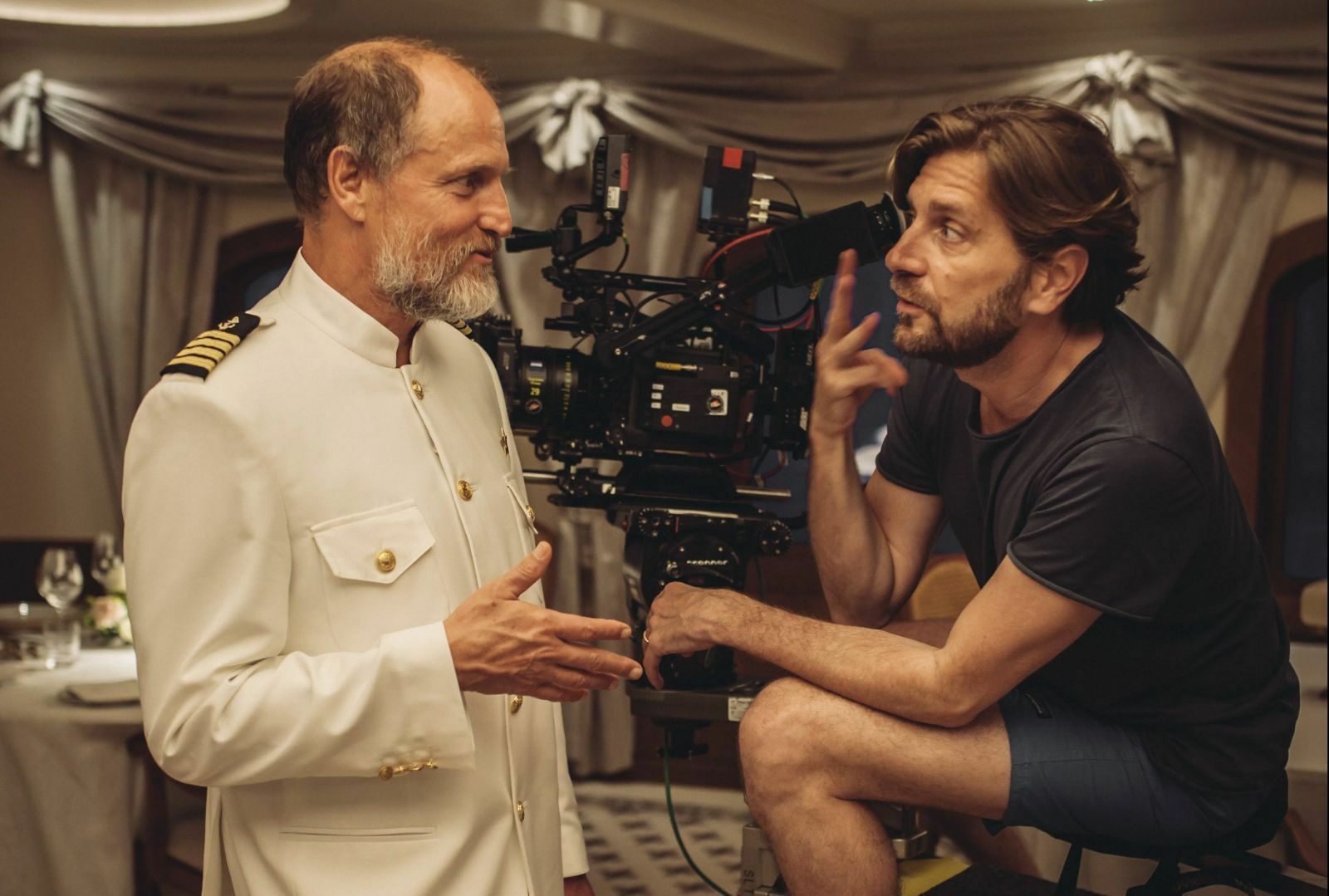
Became a filmmaker thanks to… sports
The world of cinema gained a new prominent figure at exactly the moment when the sport of skiing lost him. For more than 20 years Reuben Estlund devoted himself to skiing, which eventually led him, in a miraculous way, to the cinema. After high school, Estlund worked at ski resorts in the Alps, where at one point he began filming athletes training there. Roller skates with extreme stunts came out to glory, so after accumulating them, Reuben was able to enroll in film school in Gothenburg. “I was tired of the resorts. Too long lines for the elevators,” the director would later say.
Nevertheless, ski resorts would still figure in his big film work. Thus, the plot of the film “Force Majeure” (2014) is built around a family vacationing in the Alps. In the story the picture comes down a snow avalanche at the resort, and the father of the family in horror escapes, leaving his wife and children having breakfast. True, almost immediately it becomes clear that the danger is over, so we have to go back. It will not be like before: the man’s cowardice and unwillingness to admit his mistake sows discord in the family.
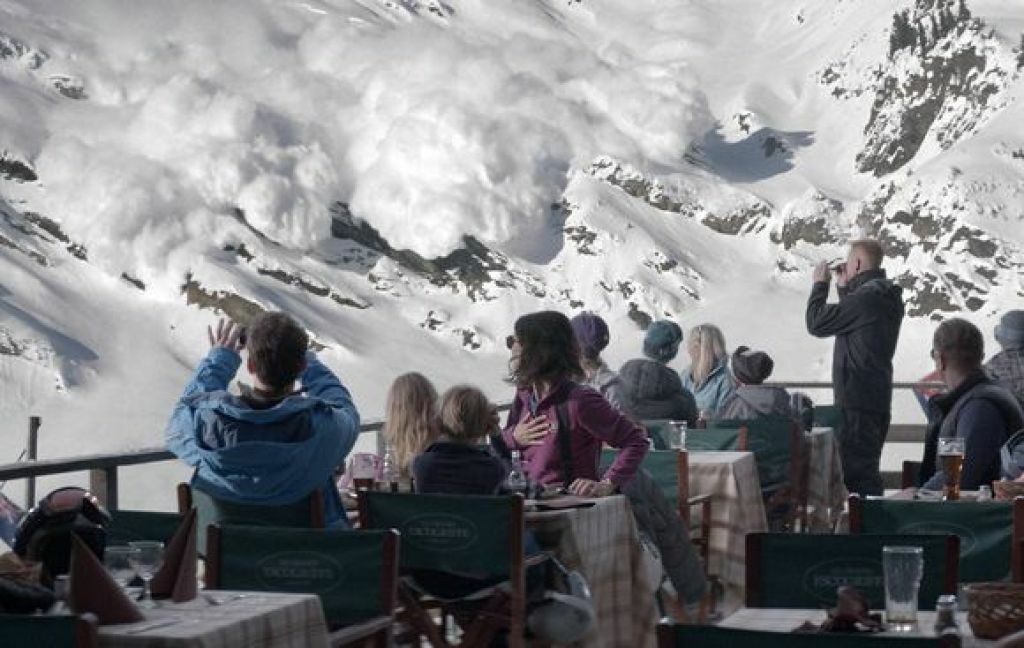
Explores the human being at critical moments
“Basically, all my films are about people trying not to lose face,” says the director. Having filmed, one after another, Force Majeure (2014), The Square (2017) and The Triangle of Sadness (2022), he has unwittingly created a trilogy about human behavior in critical moments. The characters of Estlund’s characters are defined by the decisions they make literally in a split second. True, so far all of these characters are men.
“I realized that this [the movie ‘Triangle of Sadness’] is the third part of a trilogy about what it means to be a man these days,” Estlund says. – “We have three characters, each of whom is opposed to the male image. I worked with each of the characters with great enthusiasm, also because I could draw on my own experiences.”
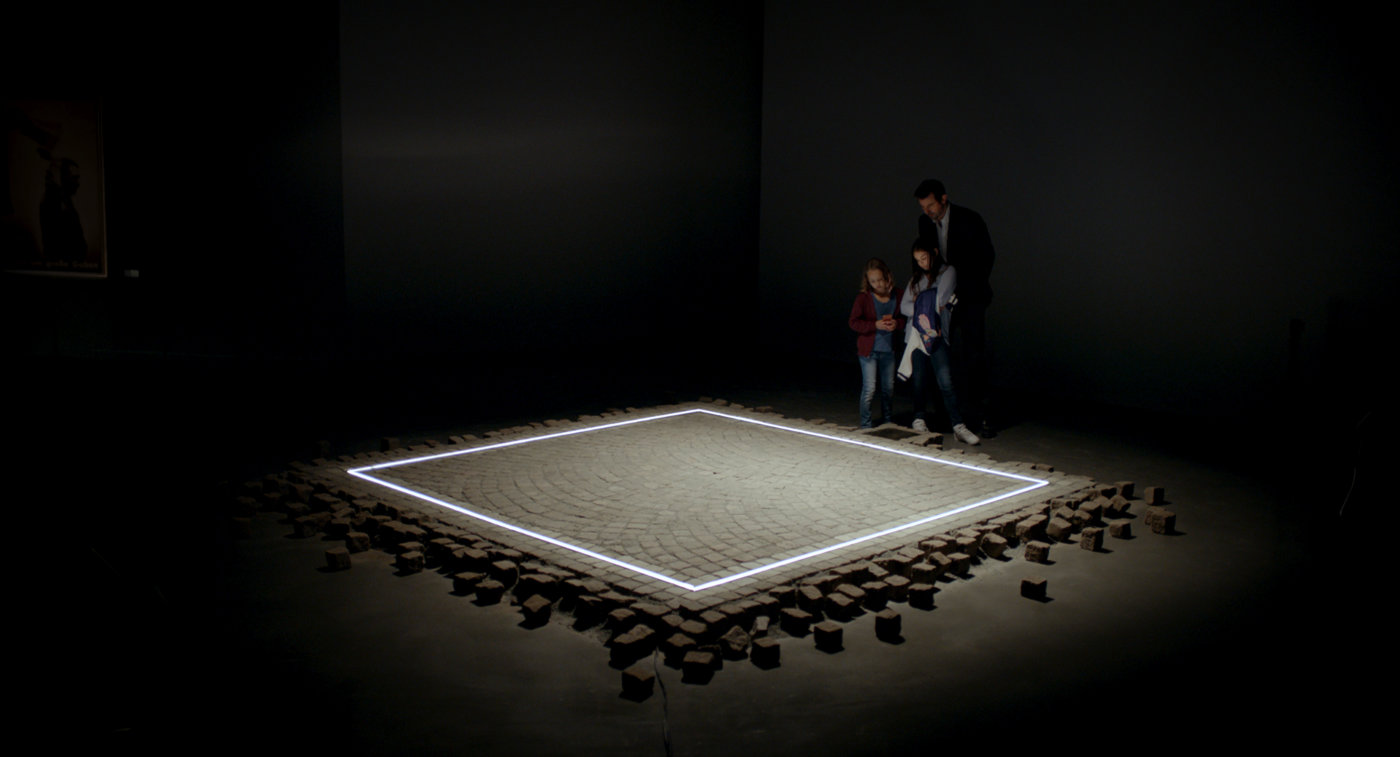
Talking about embarrassing moments in his life
All of Östlund’s films show awkward social contacts and one-on-one conversations that embarrass not so much the characters themselves as the film’s audience. The director makes no secret of his interest in embarrassment. “The word embarrassing is one of the most popular words on the Internet,” he says, “one of the ones people search most often on Google. It’s in the top 20 or something. As for movie awkwardness, it’s similar to what happens when we see violence on the screen. We don’t have to participate in it to experience the fear of the situation.”
In particular, notes film critic Anton Dolin, the new “Triangle of Sadness” is also built on a series of awkward situations. In an interview with the director, he discovered that some scenes in the film are nothing more than episodes from Estlund’s life. For example, the moment in the restaurant when the characters fight over who will pay for dinner. Exactly the same incident happened to the director when he first met his wife. “Go to the Hotel Martinez and look in the elevator shaft – the 50 euro bill is probably still there! I remember it like it is now: she sticks that bill up my scruff, and I feel like I’ve been castrated, and I yell: “It’s not about the money, it’s not about the money!” And I shove it into the crevice of the elevator,” says Ruben Estlund and concludes: “The most embarrassing moments of my life I make sure to put in movies.”
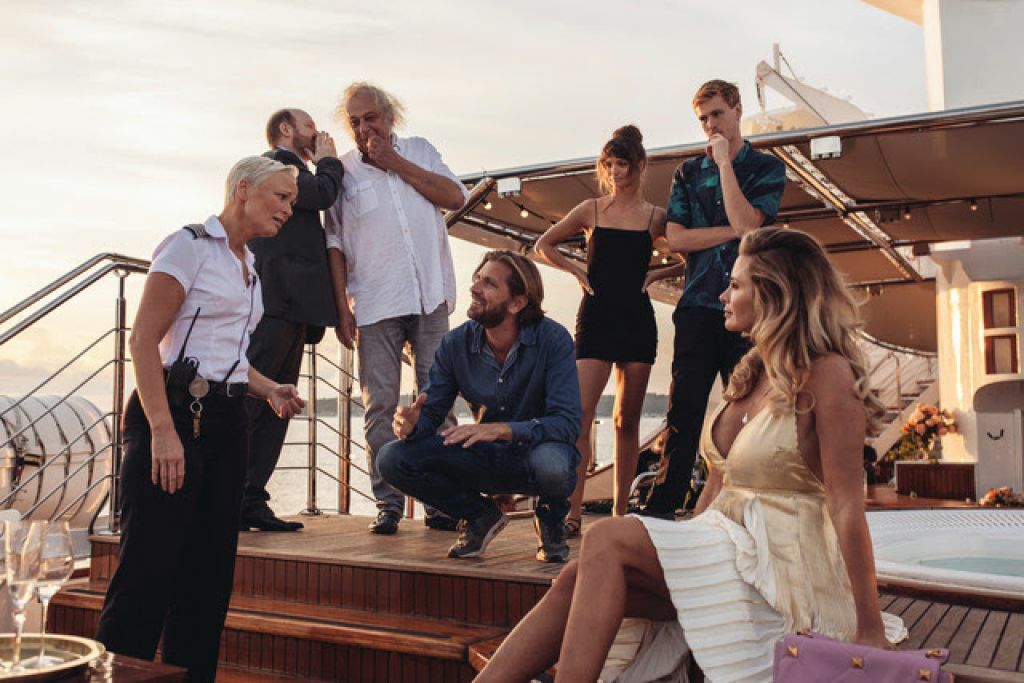
Doesn’t accept violence in films
The director substitutes embarrassing scenes for the violence that his moral code forbids him to portray. In particular, Östlund flatly refuses to kill characters. “So many directors kill people left and right,” he laments. – I’ve never experienced anything like that in my life. And I want my films to match my experience.”
According to Estlund, all people, in one way or another, imitate what they see. Thus, the audience of a film can easily adopt the image of the killer. To pick up a gun, to shoot up a school, “obviously to me they [these people with guns] are copying a character,” the director says. For this reason he rejects the scripts that Hollywood producers send him: what they call love stories are full of corpses.
He loves improvisation
Östlund is convinced that the script can, and should, change when he is shooting, and that the director should ask the actors to improvise and to bring something of their own to their characters. According to him, this is what the Scandinavian style is all about. So Danish actor Klas Bang, who played a major role in “Kvadrat,” was comfortable with this method, but his colleagues Elisabeth Moss and Dominic West, who are used to more regimented American cinema, had a hard time. “I always tell actors: save energy at the beginning of the day, because I want to get the most energy out of you at the end of the day,” shares Estlund.
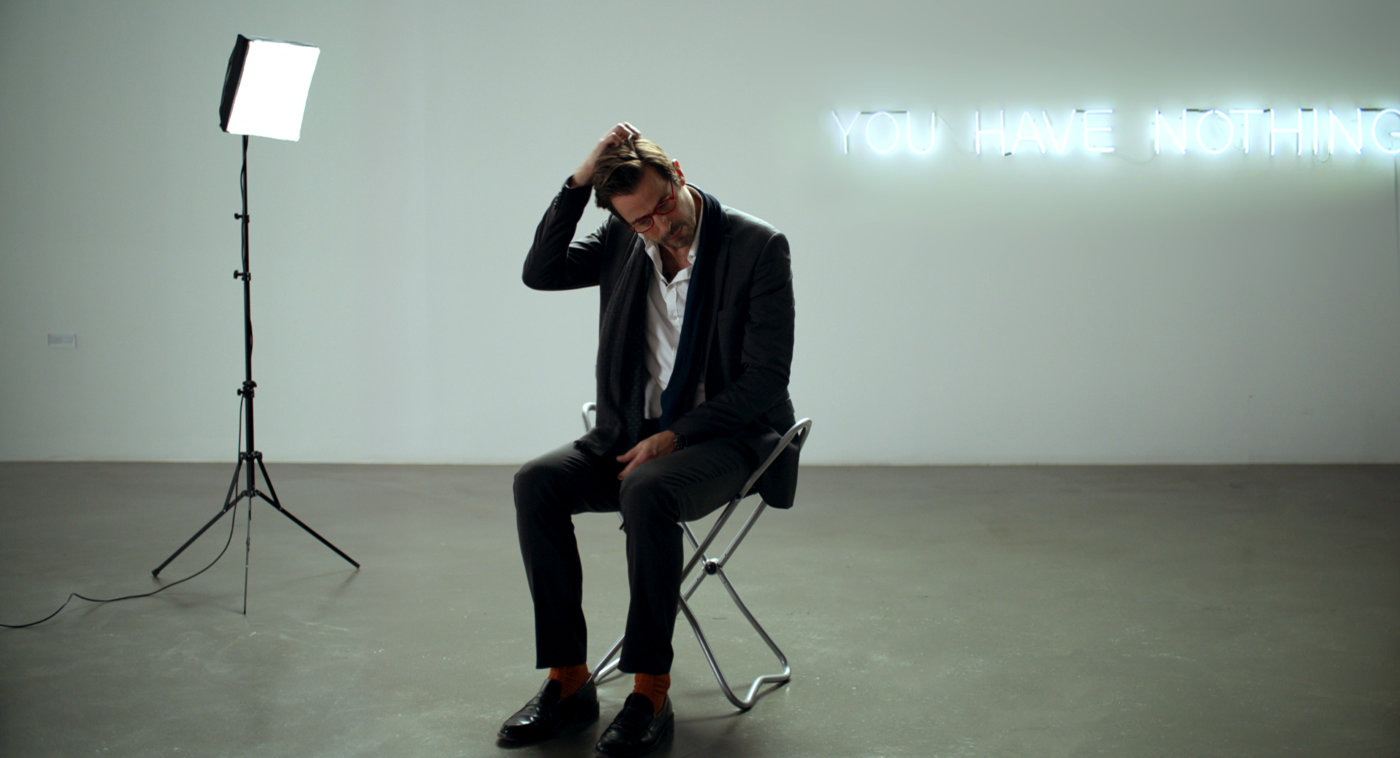
Often depicts Russians
For example, one of the most important characters in “Kvadrat,” a film satire on the art world, was copied from the Russian action artist Oleg Kulik. In the picture he appears as “the artist Oleg Rogozin,” terrorizing a respectable public in the guise of a gorilla man. In fact, this is an homage to Kulik’s famous performance “The Man-Dog,” in which the artist barked and bit his audience in a museum in Sweden. The actionist got into his role so badly that he even bit the leg of the museum’s head custodian’s daughter. They had to call the police.
In “The Triangle of Sadness” we meet a colorful Russian oligarch, Dmitri. “As a Russian, I couldn’t help but think during your film of an interview with a sanctioned oligarch [Mikhail Fridman] who complains that he is now limited in means and cannot afford to hire a cleaner,” Anton Dolin said in a conversation with the director. To which Ruben Estlund replied: “I would make a film about your oligarch – but in such a way that the audience would feel his suffering and sympathize with him!”
